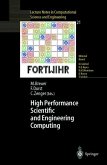This book provides twelve computational projects aimed at numerically solving problems from a broad range of applications including Fluid Mechanics, Chemistry, Elasticity, Thermal Science, Computer Aided Design, Signal and Image Processing. For each project the reader is guided through the typical steps of scientific computing from physical and mathematical description of the problem, to numerical formulation and programming and finally to critical discussion of numerical results. Considerable emphasis is placed on practical issues of computational methods. The last section of each project contains the solutions to all proposed exercises and guides the reader in using the MATLAB scripts. The mathematical framework provides a basic foundation in the subject of numerical analysis of partial differential equations and main discretization techniques, such as finite differences, finite elements, spectral methods and wavelets).
The book is primarily intended as a graduate-level text in applied mathematics, but it may also be used by students in engineering or physical sciences. It will also be a useful reference for researchers and practicing engineers.
This book demonstrates scientific computing by presenting twelve computational projects in several disciplines including Fluid Mechanics, Thermal Science, Computer Aided Design, Signal Processing and more. Each follows typical steps of scientific computing, from physical and mathematical description, to numerical formulation and programming and critical discussion of results. The text teaches practical methods not usually available in basic textbooks: numerical checking of accuracy, choice of boundary conditions, effective solving of linear systems, comparison to exact solutions and more. The final section of each project contains the solutions to proposed exercises and guides the reader in using the MATLAB scripts available online.
The book is primarily intended as a graduate-level text in applied mathematics, but it may also be used by students in engineering or physical sciences. It will also be a useful reference for researchers and practicing engineers.
This book demonstrates scientific computing by presenting twelve computational projects in several disciplines including Fluid Mechanics, Thermal Science, Computer Aided Design, Signal Processing and more. Each follows typical steps of scientific computing, from physical and mathematical description, to numerical formulation and programming and critical discussion of results. The text teaches practical methods not usually available in basic textbooks: numerical checking of accuracy, choice of boundary conditions, effective solving of linear systems, comparison to exact solutions and more. The final section of each project contains the solutions to proposed exercises and guides the reader in using the MATLAB scripts available online.
From the reviews: "In An Introduction to Scientific Computing, the authors present approaches to the numerical solution of problems drawn from a variety of applications. ... This is a graduate-level introduction and the pace is brisk. ... This is a strong text on scientific computing for advanced students in applied mathematics. ... the book is most appropriate for students with some prior experience in scientific computing ... ." (William J. Satzer, MathDL, February, 2007) "The book is based on material offered by the authors at Universite Pierre et Marie Curie (Paris, France) and different engineering schools. It is intended as a graduate-level text in applied mathematics, but it may also be used by students in engineering or physical sciences. It may also be used as a reference for researchers and practicing engineers. Since different possible levels of each project are suggested, the text can be used to propose assignments at different graduate levels." (I. N. Katz, Zentralblatt MATH, Vol. 1119 (21), 2007) "An Introduction to Scientific Computing plunges into solving PDEs by numerical approximation. ... the book is an attempt to completely discuss numerical issues for reasonably complex problems at the level of a graduate textbook. A project-based approach is used. ... Overall, this is a pleasing and useful companion to more complete expositions of the topic. ... If you're preparing advanced students for a workshop, or organizing a numerical analysis club for the semester, then the book is perfect." (Sorin Mitran, SIAM Review, Vol. 50 (1), 2008)

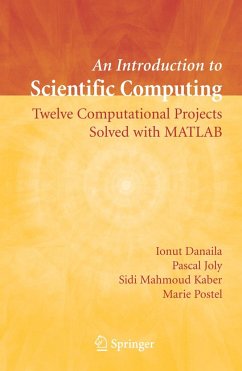
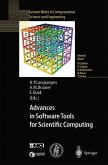
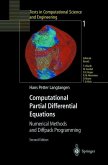
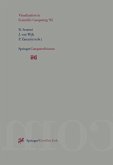
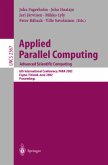
![Numerical Recipes: The Art of Scientific Computing [With CDROM] Numerical Recipes: The Art of Scientific Computing [With CDROM]](https://bilder.buecher.de/produkte/23/23065/23065977m.jpg)

